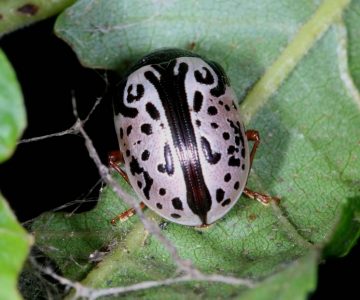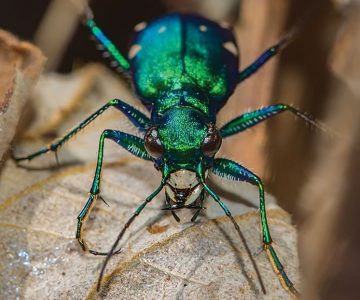Walking Sticks
Look closely in the forests of Headwaters and you’ll find walking sticks, one of nature’s cleverly disguised doppelgängers.
Some birds nibble buds, others may occasionally munch leaves, but sticks and branches are ignored. These woody parts offer little, if any, food value to birds. No wonder, then, that some insects have become stick doppelgangers.
Northern walking sticks inhabit forests and shrubby habitats throughout Headwaters – basically anywhere their stick exemplars exist. They are common, but we seldom see them. Like songbirds, we lean heavily on our vision to find things. Camouflage that foils birds stymies us as well.
It’s fascinating to ponder that walking sticks have been conjured, in a sense, by the birds that hunt them. If walking sticks were not threatened by visual predators, they would have no reason to look like sticks.
And if walking sticks owe their unique form to the eyesight of birds, it’s likely true that birds, in turn, owe some of their visual acuity to walking sticks via a positive feedback loop. Birds push walking sticks to look increasingly like unpalatable sticks, while walking sticks push birds to hone their eyesight ever more sharply.
Japanese researchers have recently discovered that exceptional camouflage is not the only trait that assists walking stick survival. The researchers fed gravid (egg-bearing) walking sticks to birds. Remarkably, some of the unlaid eggs passed unscathed through the birds’ digestive tracts.
The adaptive value of this is clear. Walking sticks have mobility issues. Not so birds. So eggs passing through the birds’ guts might drop to earth kilometres away. These Japanese walking sticks could be thought of as fruit analogues, dispersing their eggs via avian vectors, precisely the same way that raspberries, serviceberries and many other fruiting plants spread their seeds.
The eggs of our walking sticks drop from the abdomens of the tree-dwelling females in autumn, falling into the leaf litter below. But it seems likely some of them catch a flight to new habitats courtesy of birds!
Related Stories

Night Creatures
Oct 8, 2019 | | Notes from the WildMost of the nocturnal critters my friends and I find are insects, but spiders, millipedes and amphibians also appear in our flashlight beams.











